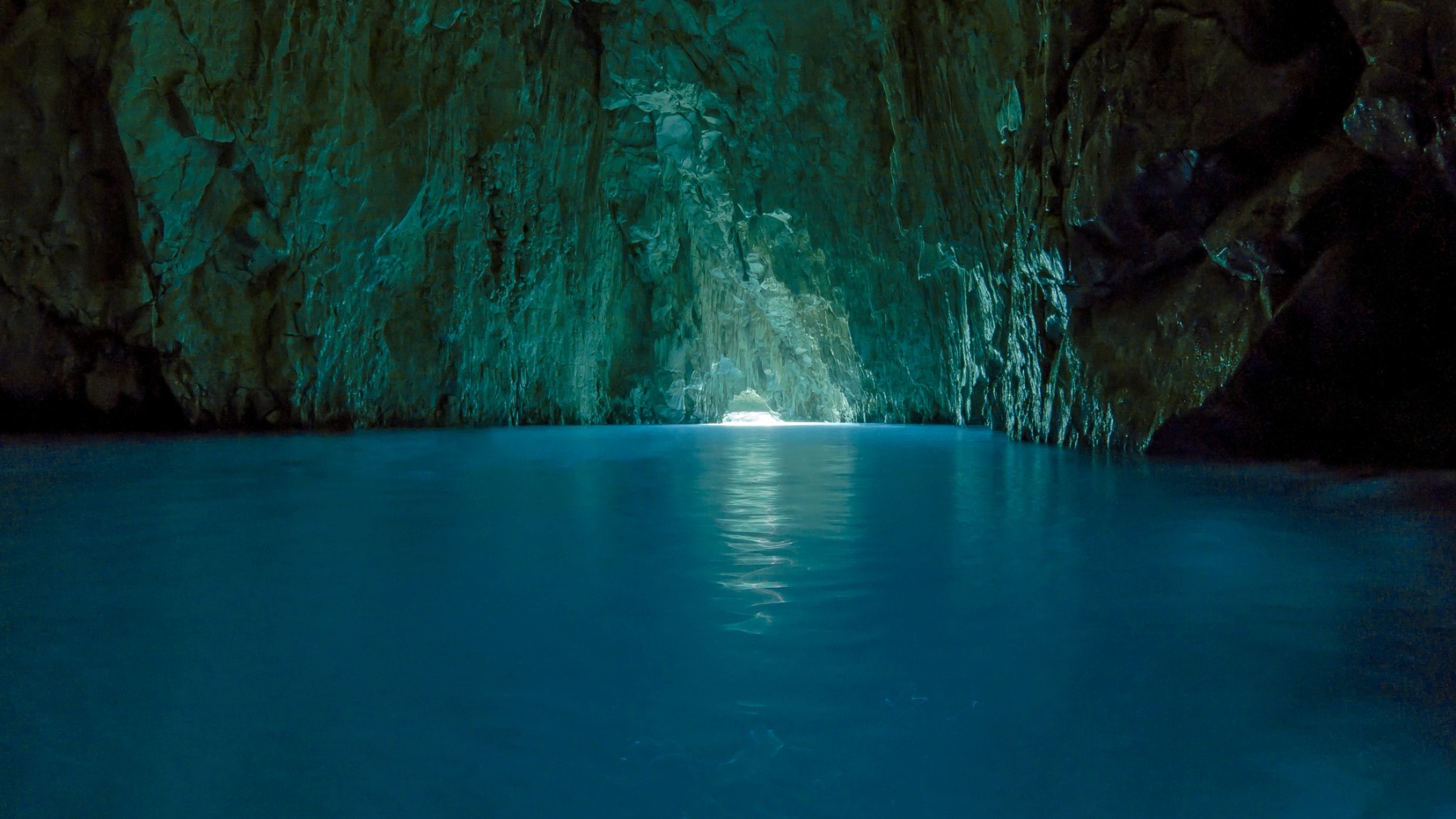Underground might be the last place you’d expect an ocean, but that’s where the story leads: hundreds of miles down, scientists have traced a colossal store of water, possibly more than all Earth’s surface oceans combined. Like a figment of Jules Verne’s imagination, the headline sounds wild, but the evidence is solid.
A decade ago, a network of more than 2,000 seismographs listening to 500‑plus earthquakes across the United States picked up a telltale whisper. As seismic waves dove through the mantle’s transition zone —roughly 410 to 660 kilometers deep— they slowed in a way that screamed “wet rock.”
An underground reservoir of… wet rocks?
In labs, researchers squeezed olivine until it morphed into ringwoodite and watched it trap water as hydroxyl groups. One diamond‑anvil experiment even produced a tiny ringwoodite crystal naturally infused with water, the smoking gun that made “underground ocean” more than a metaphor.
So what exactly is down there? Picture a thick shell of rock (hundreds of kilometers deep) where about one to two percent of its mass is water.
One percent doesn’t sound like much until you scale it: apply it to a global layer and you’re talking volumes that rival or surpass the Pacific. This underground reservoir acts like a planetary savings account, buffering the amount of water at the surface. Without it, some geophysicists argue, ocean levels might have drifted so high that only mountain peaks poked out.
How did we not notice before?
Why are we only hearing “official confirmation” now? Because proving anything at 700 kilometers down is brutally hard. We can’t drill. We infer. Only in the last two decades have pressure cells, synchrotron X‑rays and global seismic arrays been good enough to catch the fingerprints of water deep inside Earth.
Earlier, water-origin theories leaned on comet deliveries; now a competing narrative says much of Earth’s water seeped out from inside, recycled by subducting plates and re‑released through volcanism. The underground ocean concept helps explain why our seas have stayed roughly the same size over hundreds of millions of years: water goes down with slabs, water comes up with magma —an underground loop feeding the blue on our maps.
The implications ripple outward. Water softens rocks, changes melting points and lubricates plate boundaries, so an “underground” reservoir shapes earthquakes and volcanism. It suggests Earth’s deep interior is part of the planet’s long-term climate machine, not just a hot rock engine.
And for exoplanet hunters, it broadens the menu of habitable worlds. Maybe a rocky planet doesn’t need icy comets to become blue; it just needs the right minerals in the right pressure cooker.
Yet mysteries remain. Is the transition zone uniformly wet, or are there soggy “puddles” under places where slabs dive? Does the layer under Africa’s superplume hide even more water? Could the lower mantle—deeper still—harbor its own stash? New seismic tomographic techniques and machine‑learning tools are combing through waveforms for patterns we once missed. Some geophysicists even dream of neutrino tomography (think medical CT scans, but with subatomic particles) to image the deep Earth’s water signature.
What does this mean for science and everyday life?
Knowing that Earth hides an internal ocean closes a loop in our planet’s biography: water didn’t just arrive and sit; it cycles through the underground just as it circulates through clouds and rivers. It’s a reminder that what looks rock‑solid beneath our feet is part of a living, breathing system—a planet that stores, moves and remakes its own oceans from the inside out.
So the next time you watch waves crash or fill a kettle, remember there’s an even bigger story buried far below, an underground reservoir silently helping Earth stay the watery world we know. Science may have confirmed it, but the underground ocean is still inviting questions—exactly the kind of mystery that keeps geologists listening for the next whisper from the deep.
